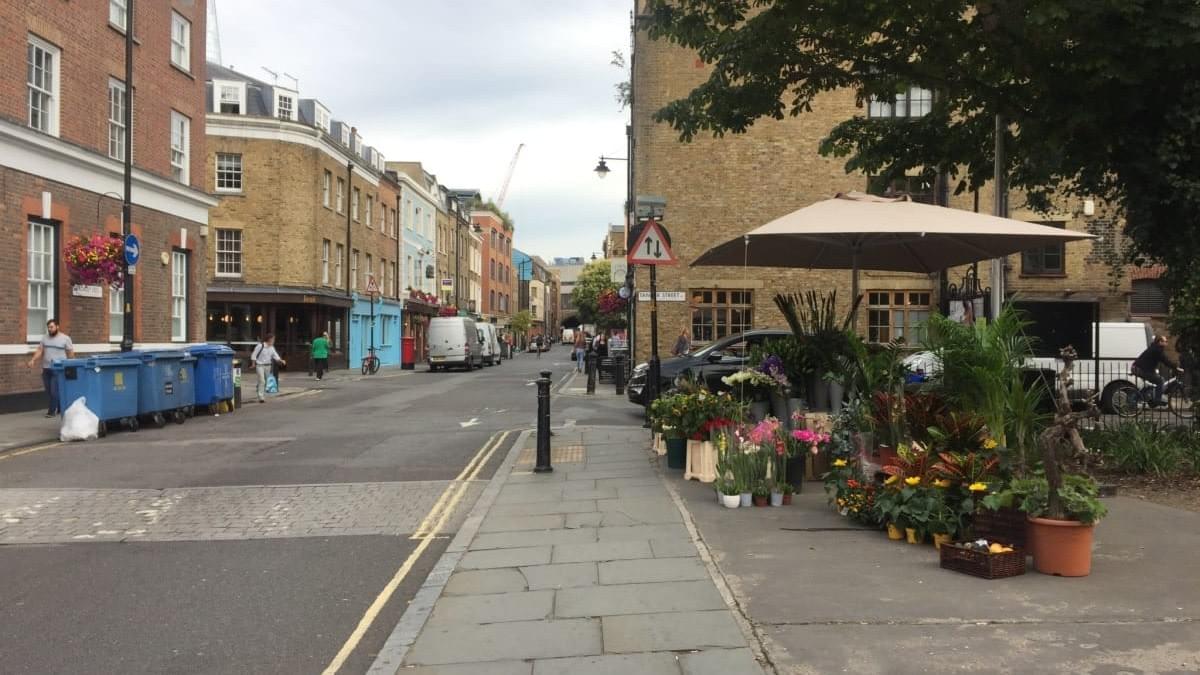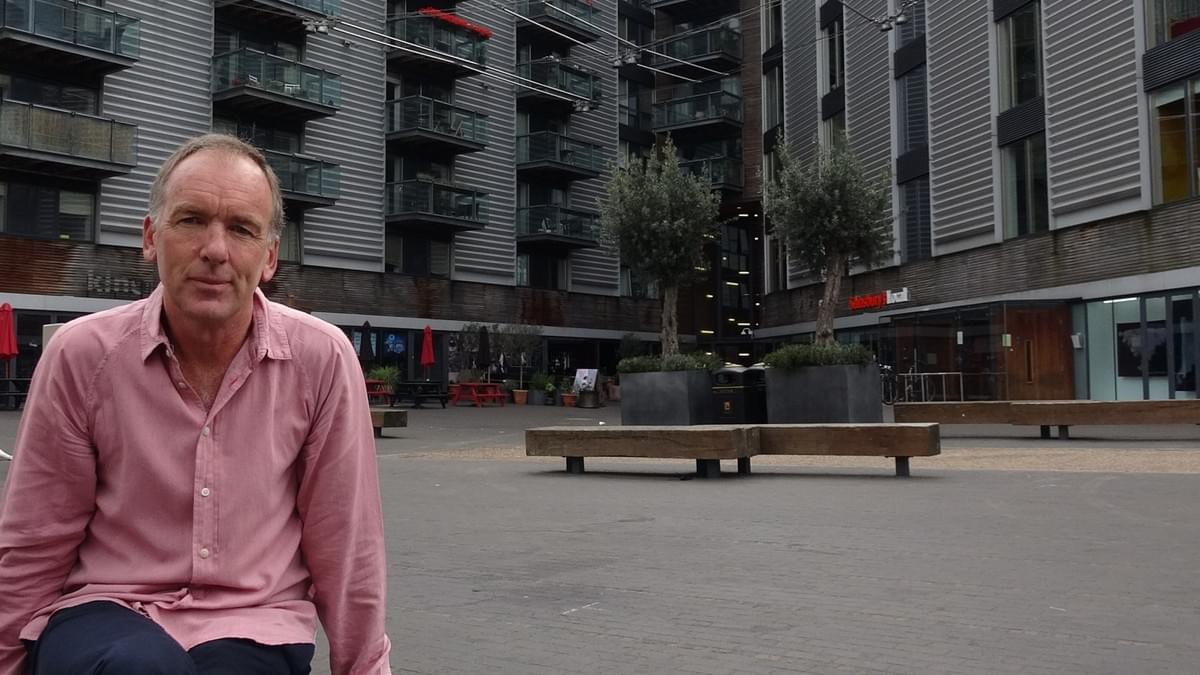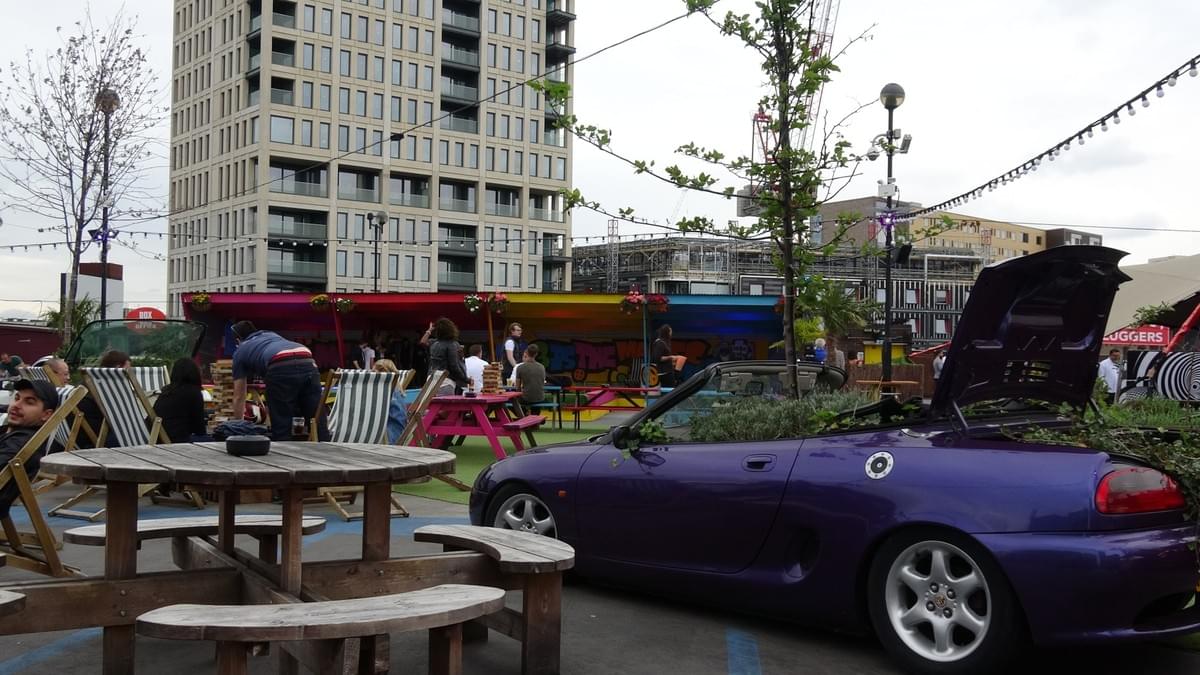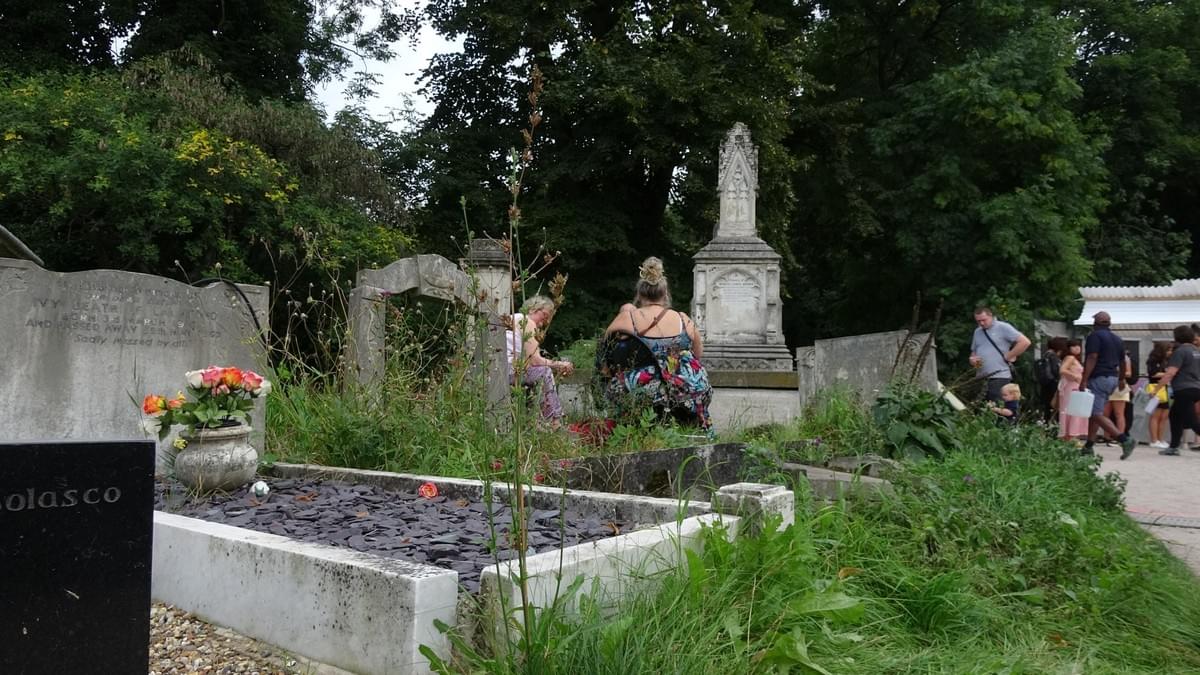I would have liked to have taken a class titled urbanism & ethics at the school of architecture 20 years ago, alongside modern architecture, urban design and environmental science. In that class, I imagine, we would learn to design and critique plans and strategies through the lens of ethics, and ask ourselves ‘does this harm any individuals or organisations in the process of change’, and ‘how can it create long-term, multiple-level positive impacts on the individuals involved and beyond’.
We often hear stories of displaced residents and gentrified neighbourhoods. Through the development process, somebody, knowingly or unknowingly, made specific decisions that led to the outcomes; decisions that would affect the most people without financial resources and social capital and have no control over the change. Urban development professionals can hugely impact people’s lives yet we don’t talk about moral principles as the basis for decision-making. Doctors are required to study medical ethics. Teachers are required to adhere to the code of ethics. Urbanists should recognise the magnitude of our ability to touch people’s lives directly, especially as our contact with participants increases with participatory planning.
The ethics lens
I spent two weeks at the London School of Economics and Political Science (LSE) studying Qualitative Research Methods. While discussing methods, research ethics would at all times underlie the application of methods and engagement of participants. ‘Doing the right thing’ sometimes is not so clear-cut. I have worked on projects where conflicts of interest arose between resident groups; where I had to regularly question the validity of informed consent from vulnerable participants; where I had to navigate the reality of the project outcomes and participants’ expectations. There are no text book answers. But at least we – all those involved in decision-making including the communities -- can dissect our processes and outcomes through the ethics lens; and ultimately take responsibility for them.
Regular practices with a difference
At LSE, the diversity of students was great. From Japan to Saudi Arabia, and from human rights to finance, the scope of qualitative research questions was broad and considerations for data collection and analysis extensive. If the students had one thing in common perhaps, that would be our desire to understand social realities and scrutinise the way each of our industries has been doing things. In parallel to the more academic hours at LSE, I met with organisations bringing about social change through urban development practices.
London’s challenges are similar to Sydney’s: increasing wealth gap, lack of affordable housing, exclusive privately owned public spaces, spatial disparity, just to name a few. Finding organisations that are responding to these challenges in big and small ways wasn’t easy – they don’t promote themselves as ethical companies, they are just regular practices that essentially have positive impact as the core mission.

Charles Booth's ethnographic studies illustrate interesting assumptions -- we can learn what to and what not to do from history (photo taken from Map Descriptive of London Poverty, 1898-9, Second Edition).
Emotional, financial, physical investment into community
Developers who share the locals’ aspiration for cohesive communities are changing the traditionally profit-driven industry. Chris Brown, Executive Chair and Founder of Igloo Regeneration (Igloo), a ‘real estate business’, understands how getting the right mix of individuals who care about their neighbourhood can create a sense of community. We met at Bermondsey Square, Igloo’s recently completed mixed-use development. From having been an economically and spiritually important gathering place as Bermondsey Abbey, to having hosted over 100 years of market activities, perhaps it is only right that the place remains as a community hub. Igloo had a few ideas to make that happen.
Apartments were sold to owner occupiers, who are allowed to only rent under exceptional circumstances such as bankruptcy or moving overseas. They sold quickly and the residents are willing to invest into their new neighbourhood, emotionally, financially and physically. Each household, along with the commercial occupiers, puts in approximately £50-100 per year in Community Fund, which supports various improvements and community events determined by volunteer representatives. The local authority typically doesn’t provide funding or deliver community programs for the area, so citizens self-organise.
The mix of businesses were carefully selected in order to bring social and financial benefit, and got the funders’ buy-in. The community wanted a supermarket, and Sainsbury came on board with the ground level frontage dedicated to local artists to use as an art gallery. A boutique hotel was selected instead of a big chain. A small art house cinema moved in, run by a local, who “knows everybody, a Jane Jacobs character”, Chris elaborated.
Every regeneration comes with its own challenges. Talking about classism, Chris points to a café and a sandpit in the background. Those who could afford to buy in the open market, can probably afford to sit comfortably in the café. Those who bought at a subsidised rate might have a different experience in the square, with preferences for free activities. Do they mix? Not really. Chris would like to see this improved, and mentions the missing middle-income families as a potential tie between the two.
The whole neighbourhood is going through big changes. Walking to London Bridge Station, we stopped at various signs of gentrification. There is an industrial-chic bakery selling baked goods at a price many can’t afford. There is a pop-up florist, selling a handful of wild flowers for £8. White Cube, a new contemporary commercial art gallery moved in a few years ago, bearing criticism it isn’t psychologically accessible to many locals. What will happen next? Chains are expected soon. We don’t have all the answers to gentrification yet. But an investment methodology like igloo footprint® that puts people at heart is a good start.

A beautiful pop-up florist activates the street. It may be followed by more price points that many locals can't afford.

Chris Brown of Igloo Regeneration tells the story of Bermondsey Square.
Housing as a human right, not a commodity
Like-minded businesses attract each other. Igloo and London Community Land Trust (London CLT) are working together with an aligned commitment to deliver positive social, environmental outcomes for various housing projects. They made a bid for St Clements in Mile End, and got outbid, but London CLT was invited to work with another developer. They recently completed 23 community land trust homes. Including 58 social rent homes by Peabody, affordable homes make up 35% of the site, integrated into various blocks totalling 252 homes. People have started moving in in June this year, with more expected later in the year.
I joined a group of locals at London CLT’s Q&A session at a resident’s home at St Clements to hear first-hand what the resident’s experience has been like and what potential CLT homeowners care about. Salman, born and raised in Tower Hamlets, wanted to retain roots there, but says he was just working to pay the rent. “Even if my siblings and I combined all our incomes, we still couldn’t afford to buy our mum’s house”, he added. Salman moved into a 2-bedroom CLT apartment with his family two weeks ago, which he purchased for £182,000, about 1/3 of the market cost. He had been one of 24,000 people in Tower Hamlets waiting for social housing and had been waiting for five years when his application for a CLT home was approved. He was selected out of about 300 applicants based on eligibility criteria. They include the applicant’s relationship with the local community for at least five years (e.g. living, working), housing need (e.g. priced out, currently living in overcrowded housing), and placement in the housing ladder (e.g. stuck between not being a priority for council and unable to buy in the open market). The idea is to attract active citizens who want to be part of a community.
Salman now has the security of a 250-year lease, until which time the home can be sold back to the land trust and kept affordable. He is in a good position compared to many Londoners who still remain disconnected from their communities and uncertain financial future.

St Clements' social and affordable housing comprises 35% of the total number of homes.
Employment & capacity building
Public realm design projects are opportunities for communities to upskill and demonstrate their ability in the process of change and beyond. Thinking about how to scale the impact of Urban Toolbox, meeting London businesses (see the end for full list) with similar goals was inspirational. Make:good’s community engagement is nowhere conventional, involving chutney-making, popcorn-popping, cardboard-playground-making activities and reaching out to those socially excluded. Meanwhile Space repurposes left-over vacant buildings in underserved neighbourhoods and supports creatives to flourish with a strong network and cheap rent, adjusted to suit what each tenant can afford to pay.
Ben Coles, Groundwork’s Director of Communities and Environmental Services, understands barriers to employment can be more than about skills, being job-ready matters. Groundwork’s training program hires people to deliver urban landscaping works, including people that suffer from chronic unemployment. Job seekers can get placements through a job centre and work on various sites over a 12-week period or longer. The course completion rate is 60-70% and the module is accredited (e.g. sustainable drainage) and can lead to other jobs. Groundwork also fills the gap for corporate teams wanting team building experiences that are more meaningful than just going on a retreat. Under the supervision of Groundwork staff, the teams help build community projects, with knowledge that their work contributes to the wider community. Groundwork is a landscape consultancy, employment provider, training school, community development agency and team building facilitator all in one, that started taking a holistic approach to spatial design 30 years ago.

Roof East is one of Groundwork's projects, which transformed a roof car park into a social hub. People gather for food and drink, games, outdoor cinema and live music. And to have a look at vintage sports cars filled with plants.
Today’s urban development industry requires more generalists, more multi-disciplined approaches, and more value-creation than ever before. The majority of the thought leaders I met with are young-ish, design-trained generalists, who felt disheartened by our industry’s loyalty to the way things have always been done. How do we prepare our next generation of architects, landscape and urban designers, developers and planners for a world that will demand more than the physical form and function? Back in Edinburgh, I had a chat with Diarmaid Lawlor, head of Place at Architecture and Design Scotland, about the future of our industry.
The future of design profession
Diarmaid doesn’t talk like a typical designer and thinks like a systems designer. He says beautiful drawings are not enough, yet many architects and urban designers are not thinking about the bigger system. Architects are often locked to a fee-based future directly linked to construction and their power taken away by the project manager. What should be the role of architects in the future? “Possibility planning”, Diarmaid says – letting the creative mind explore what the space could be.
Systems designers are stewards concerned with the long-term sustainability of the place and I hope our future designers are trained to think this way. Diarmaid cites a social housing example in Rotterdam, where the tenants had to get creative when they didn’t receive the anticipated funding following the global financial crisis. They got together, self-organised and began to manage their building better. Former electricians began to use their old skills, and other tenants acquired new skills. A new social contract was formed essentially, where shared maintenance became the norm.
“Space” and “ability to organise”, Diarmaid says, are critical to sustainable places. We need to provide room (physical and metaphorical) for people to negotiate what their future might look like and appropriate it accordingly. This means we need fuller understanding of the communities we work with – what is the social interaction like, is there peer support, who are the butterflies and introverts? Nearing the end of our chat, he reminds me that the ‘right to the city’ also includes the right not to participate, which we must respect.
Designers don’t share much liability when their designs don’t turn out to be conducive to people’s wellbeing. Architectural awards are given shortly after the project completion, not after measuring its impact over 10 years and beyond. Should we be sharing the risk of stewardship, not just that of functional performance? How do we foster stewardship in design and planning schools? I mulled over on my last day in London at Tower Hamlets Cemetery Park, where the dead watched hundreds of Shuffle goers celebrate urbanism and creativity.

Tower Hamlets Cemetery Park is alive with music, games, picnics and film screening.
This blog post was made possible by Westpac Social Change Fellowship, during which Julia Suh is visiting 15 cities to learn from their governments, social enterprises, consultants, academics and community organisers about how they are addressing inequality via design and management of the public realm and bringing about positive change.